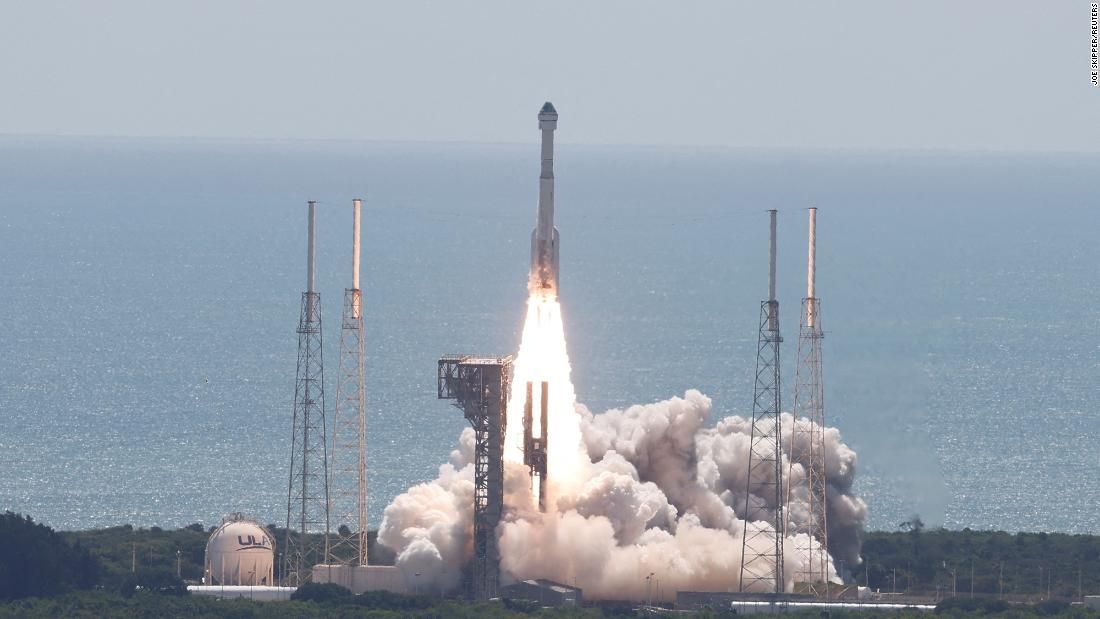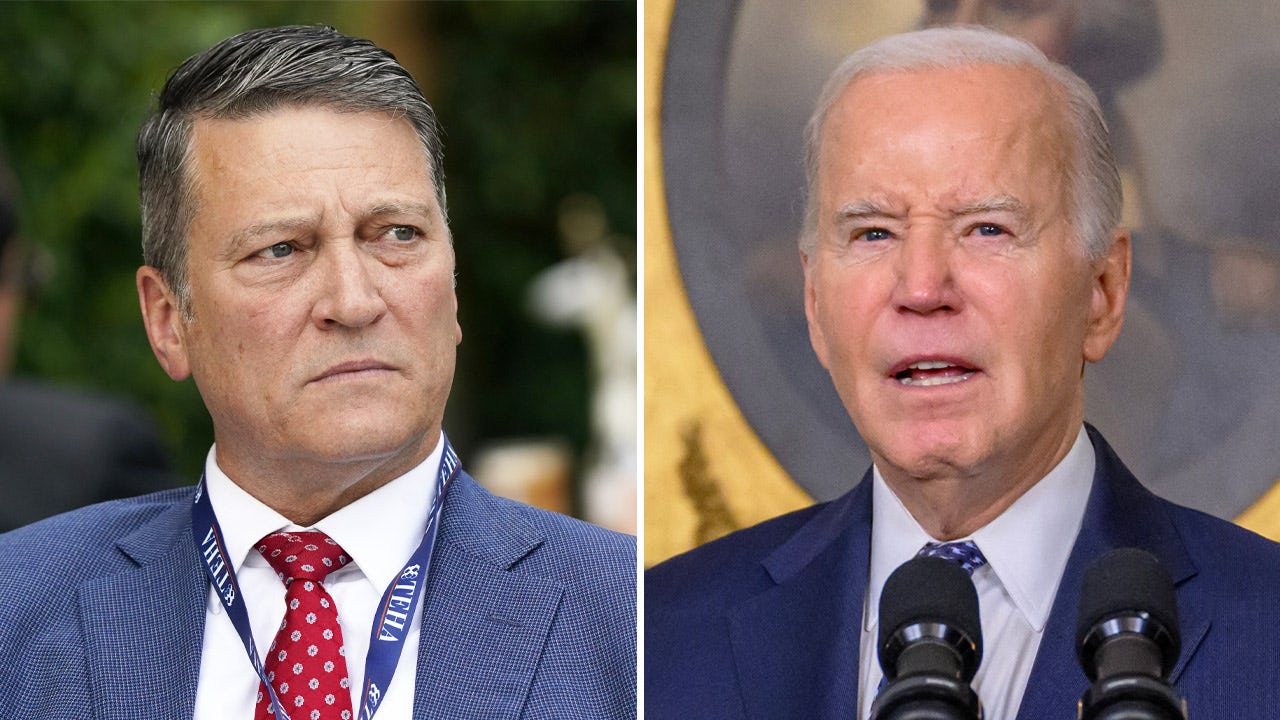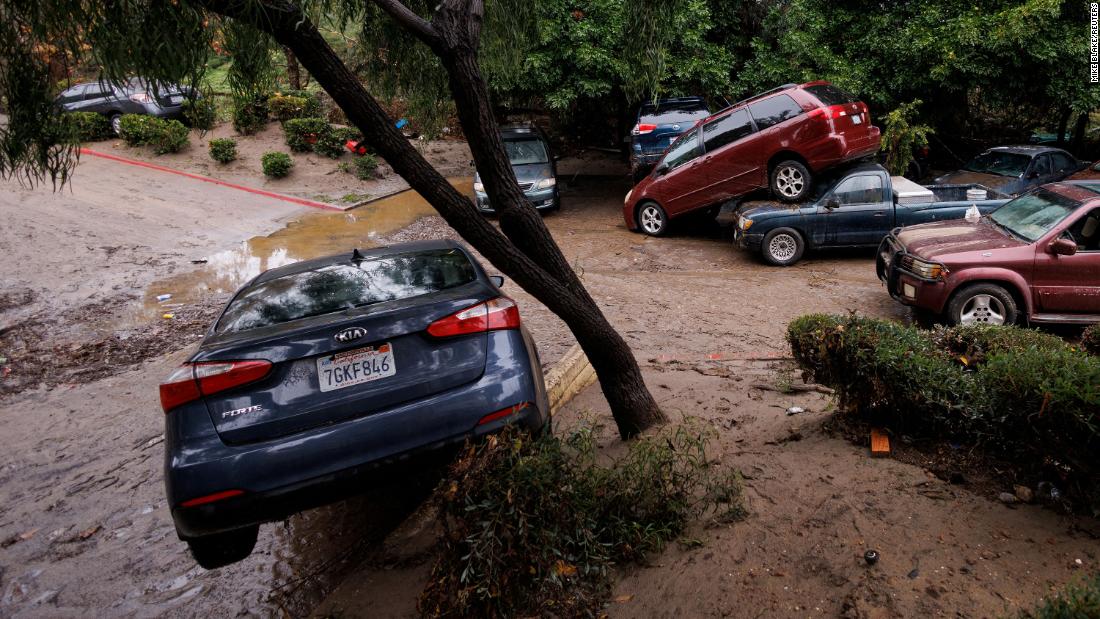Today's launch was a monumental moment for the two astronauts heading into space.
But what goes up must come down.
After Suni Williams and Butch Wilmore spend eight days aboard the International Space Station, they will return home in their Starliner capsule.
The earliest possible landing date is June 14, but astronauts can stay on the station longer because there is nothing “magical” about that return date, NASA officials said Wednesday.
“We have a prescribed landing date that coincides with this launch date, but I just want to emphasize that no one should get too excited about that date,” said Ken Bowersox, associate administrator of NASA's Space Operations Mission Directorate.
“We have to have a lot of right conditions before we bring the Starliner home and we're going to wait until the conditions are right and we've achieved the test objectives before we do that.”
And the vehicle will return to Earth unlike any previous American spacecraft.
Instead of falling into the ocean, as SpaceX's Crew Dragon and other capsules dating back to NASA's Mercury Program have done, Starliner will touch down on dry land.
There are five possible landing sites, generally throughout the southwestern US: two in New Mexico, one in Utah, one in Arizona, and finally one in California.
Why land on land instead of ditching?
Seawater is hard for spaceships. Salt can corrode components. And then there is the enormous hassle of taking the boats out to sea to rescue the crew.
“Boeing opted for a design that will land on land instead of falling into the ocean to facilitate parts of the recovery process,” according to the company.












